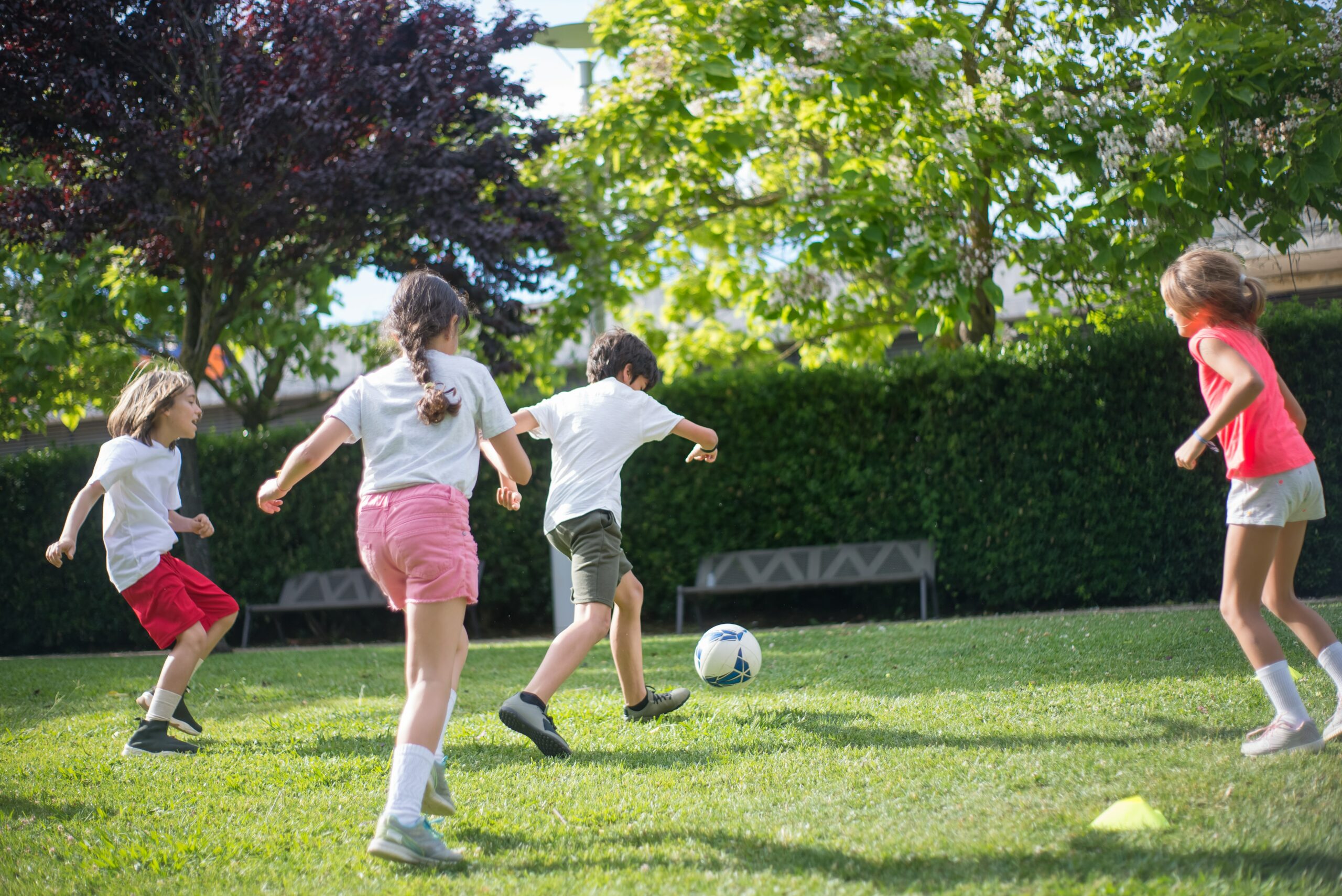Sleep training toddlers is a journey that requires patience, understanding, and consistency. Today we will explore the intricacies of sleep training for toddlers. This comprehensive guide aims to provide parents with detailed strategies and insights to help their toddlers develop healthy sleep habits.
Understanding the Basics of Toddler Sleep
It’s a common misconception that only babies have sleep issues. In reality, toddlers also face challenges in maintaining a consistent sleep schedule. By the age of one, most toddlers should ideally be sleeping through the night. However, external factors such as teething, illnesses, or growth spurts can disrupt this pattern. It’s crucial for parents to understand that these are exceptional circumstances. During such times, toddlers require extra attention and care, making it less ideal for initiating sleep training.
Recognizing Signs of Distress
Parents need to be attentive to their child’s cues. If a toddler is waking up frequently at night, it might be a sign of discomfort or need. This is when parental intuition comes into play. Identifying whether the child is unwell, experiencing discomfort from teething, or perhaps reacting to environmental changes, is essential before deciding to proceed with sleep training.
The Crucial Role of Routine
Routine is the cornerstone of successful sleep training. Our brains, especially in young children, are wired to respond positively to predictability and routine. A well-structured bedtime routine can significantly ease the process of sleep training.
Building a Bedtime Ritual
Creating a bedtime ritual involves more than just a set bedtime. It should be a series of calming activities leading up to the time of sleep. This might include a warm bath, a quiet storytime, and some gentle lullabies. The objective is to create an environment that signals to the child that bedtime is approaching. This routine should ideally be the same every night, including weekends, to reinforce the body’s internal sleep-wake clock.
Screen Time and Lighting
In today’s digital age, it’s important to limit exposure to screens well before bedtime. The blue light emitted by screens can interfere with the body’s natural sleep rhythms. Likewise, adjusting the lighting in your home can create a calm atmosphere. Dimming overhead lights and using softer, warmer lighting can mimic the natural transition from day to night, further reinforcing the body’s natural sleep cues.
Implementing the Training
The process of sleep training involves more than just putting the child to bed at a set time. It’s about teaching them to fall asleep independently and reassuring them of their safety.
The Check-In Method
After the bedtime routine, place the toddler in bed, reassure them briefly, and then leave the room. This might be challenging initially, both for the parent and the child. The key is to return at brief intervals to reassure the child. This method helps to build the child’s confidence in falling asleep independently while knowing they are safe and their parents are nearby.
Gradually Increasing Independence
Start with short intervals between check-ins, gradually increasing the time as the child begins to show signs of settling down. This gradual increase helps the child to slowly adapt to falling asleep without immediate parental presence. It’s crucial to maintain a calm and reassuring demeanor during these check-ins.
The Camping Out Method
Some children may respond better to a more direct presence in the room. The “camping out” method involves staying in the child’s room, providing a reassuring presence without actively engaging with them. This method can be particularly useful for children who experience anxiety when left alone.
Minimizing Interaction
While camping out, engage with the child as little as possible. The goal is not to entertain or soothe them actively but to provide a passive presence. This could involve sitting quietly in a chair, reading a book, or listening to a podcast. The presence alone can be comforting enough for the child to fall asleep.
Consistency is the Key to Success
Consistency in sleep training cannot be overstated. This includes consistent bedtime and wake-up times, as well as a consistent approach to how parents respond to night wakings or difficulties in falling asleep.
Building a Sleep-Friendly Environment
Creating an environment conducive to sleep is part of this consistency. This means maintaining a cool, quiet, and dark room. It’s also important to address any underlying issues that might be interfering with sleep, such as a noisy environment or uncomfortable bedding.
Understanding Toddler Sleep Needs and Patterns
Toddlers typically require about 15 to 16 hours of sleep a day, including naps. However, this can vary significantly from one child to another. Understanding your child’s individual sleep needs is crucial. A toddler who doesn’t get enough sleep at night might need longer naps during the day, and vice versa.
Transitioning Out of Naps
As children approach the age of four, their sleep patterns begin to change. Many will start to phase out their daytime naps and require more extended periods of sleep at night. This transition is a natural part of development and should be accommodated within the sleep training framework.
Patience and Personalization in Sleep Training
Every child is unique, and what works for one may not work for another. It’s important for parents to be patient and willing to adapt their approach based on their child’s responses. Remember, the goal of sleep training is not just to get a child to sleep through the night but to foster healthy sleep habits that will benefit them throughout their life.
For more information visit our Pediatrician’s Corner or give us a call today!



